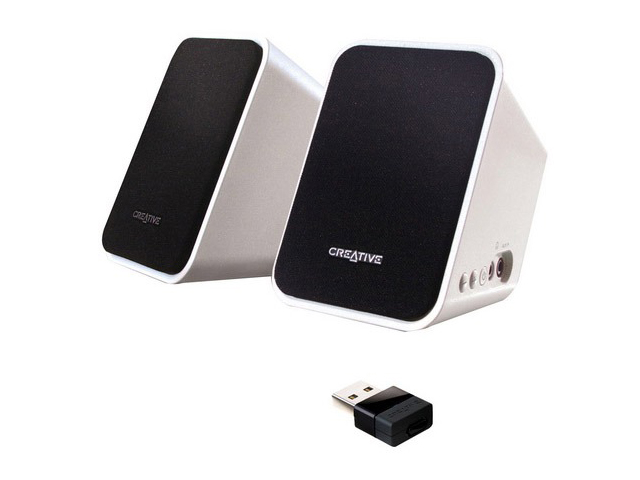Flashcards have become a necessity today that cannot be ignored. They are used in everything from cameras and smartphones to other gadgets that need to store data. While most people think that the SD card is the only memory drive that’s available, this is not the case. The truth is that flash cards come in a variety of forms and can be used for different purposes. One of the most underrated yet high performing memory cards is the industrial grade compact flash card.
This type of flash card is also known as SLC NAND which consists of a single cell and uses non-volatile storage technology. It is much more durable, long lasting, and reliable as compared to the other forms. In this article, we aim to discuss some of the benefits and drawbacks of this kind of compact flash card. However, before doing that, let’s look at what this device essentially is.
What is the industrial grade compact flash card?
First developed by ScanDisk back in 1994, the CF or CompactFlash is used by professionals for high-end consumer and industrial grade devices. Though these flashcards look the same as the regular SD card, they’re bigger and hence are easier to spot and won’t get misplaced as quickly as a standard card.
The compact flash card is well known to meet the demands of the automotive industry, IoT, and embedded applications. Currently, the compact flash card is available in many variations, and they fulfill a range of capabilities and can be found according to the user’s requirements.
So, now that you know the basics of the industrial grade compact flash card, let’s dive into the pros and cons of this type of memory card.
Pros of the compact flash card
- Withstands the toughest of conditions
One of the primary features that set the industrial compact flash card apart from consumer grade products is that it can operate in temperature ratings from -45°C to +85°C. Compared to the 0°C to 70°C that consumer grade flash cards offer, the industrial grade compact card is designed to meet the standard of mission-critical environments such as aviation, automobile, and medical. This high-endurance flash card can also be manufactured in such a way that the temperature rating is increased through screening and conformal coating. Other than weather conditions, the industrial grade flash card can also withstand shock, vibrations, and high altitudes.
- Maintains BOM (Bill of Material)
Another advantage of the industrial grade compact flash card is that these products have controlled and maintained BOM. The build or bill of material are the components which are used to make the flash card, and these industrial cards won’t be changed. What this implies is that there will be no alterations to the NAND, controller or firmware and no customization will take place without the notice of a product change. On the contrary, consumer flash cards don’t adhere to these same rules and can change several times during their lifetime.
- Highest performance
Performance is one of the top reasons why many people opt for industrial grade compact flash cards. They are capable of reading and writing data a lot faster and efficiently as compared to consumer grade drives, and this is why they save time, energy, and a lot of effort. If you’ve always waited for things to load on your SD card for several minutes, then this type of compact flash drive is ideal for you as it will get the work done in practically half the time. The read/write duration keeps getting shorter as time passes by because the technology has become a lot more sophisticated.
- Long lasting
Finally, these industrial grade flash cards have a higher endurance cycle as compared to their counterparts. In a nutshell, endurance cycle is the number of times a particular memory card can be erased and rewritten before being unusable. Single cell NANDS are 20x more durable and reliable than multiple cell NANDS, which can survive only 200-300 endurance cycle. What this means is that while your MLCs will last a few years at most, the industrial grade flash card can be operational for more than a decade.
Cons of the industrial grade compact flash card
- High costs
Consumer-friendly flash cards are manufactured to be crowd pleasers. Thus, they are a lot more inexpensive than industrial grade compact flash cards. One of the reasons why these flash cards get a bad rep is because they are a lot more expensive than commercial or consumer variations. However, if you would consider the setbacks of the standard memory cards, you’d understand that they have added costs in the long run which would almost be equal to the investment you make with industrial grade cards.
- Low capacity
Other than cost, industrial grade flash cards aren’t feasible for consumer use because they don’t offer as much storage as their counterparts. Because these cards don’t use 2 or 3-bit structures, they lack the capacity that is provided by MLCs and TLCs. However, despite the low size, these flash cards are ideal for industrial applications which require reliable operations.
All in all, there are a lot of advantages and pros to using an industrial grade compact flash card. So, if you think it’s the right option for you, go ahead and invest in the technology.


























Leave a Reply